Dealing with damaged hair is a lot—the breakage, frizz, dryness, and even shedding. You might have even tried to deal with it on your own, but nothing just seems to work. Don’t fret. You can still get your healthy hair back.
What Causes Hair Damage?
The hair is said to be damaged when it undergoes changes that weaken it. This is caused by environmental factors or bad hair habits. Below is a rundown of some of the most common causes of hair damage:
Heat
We know that high heat from your hot tools (i.e., hair dryer, curling iron, and flat irons) is needed to function properly. But do you know that using too much heat can alter your hair's keratin structure and remove natural oils from your hair? Too much heat breaks down your hair cuticle and turns your hair strands into brittle, dry, and inelastic strands, which results in hair breakage.
Excessive Processing
Using the wrong hair products and excessive use of even the right ones can harm your strands. For instance, continuous bleaching starves your hair of protein and damages your hair cuticle. Likewise, chemical treatments alter the hair’s pH. This increases hair porosity, which leads to more friction, dryness, and breakage.
Wrong Hair Ties
Do you remember those times you slipped on a rubber band for your ponytail instead of a proper hair tie? Yes. That could be the culprit behind your hair damage. Its tight grip leads to friction, which can damage the hair. Sometimes, rubber bands (and other hair ties), when pulled tightly, begin to pull on your scalp and cause some strands to fall out.
Excessive Brushing (and Combing)
You might have heard the saying that "100 brushstrokes a day before bed is good for your hair." Well, the AAD has debunked that myth. Brush only as needed, using gentle strokes. Over-brushing can cause breakage.
Wrong Diet
You need food high in zinc, iron, folic acid, and some vitamins that make hair grow and elastic. Your hair also needs some proteins and antioxidants to improve its resistance capacity. Your hair may be affected if your diet is not rich in these nutrients.
Hard Water
You're probably wondering what we mean by hard water. Hard water is any water with a high mineral content, like calcium and magnesium. According to 3D Aqua, 85% of the households in the United States have hard water, so you likely have hard water in your shower.
But why is that an issue? The minerals in hard water cause a deposit on your hair shaft that keeps it from getting moisture. But that is not all. Even when you use conditioners or masques, this layer usually makes it difficult for them to penetrate. This causes fading in colored hair and dullness and dryness in others.
Environment
The environment can affect the hair in various ways. For example, summer means frequent visits to the beach. Seawater, wind, sun, and sand in the beach environment cause dryness in hair, color loss, and breakage.
The sun's UV rays weaken the hair strands, whereas seawater (because of excess salt) removes the natural oil from the hair. Beach sand can also contribute to hair tangling.
Signs of Damaged Hair
Below are some indicators that your hair is damaged:
-
Split ends
-
Brittleness and dryness
-
Frizzy hair
-
Hair breakage
-
Inelasticity
-
Roughness
-
Dullness
-
Frequent tangling
-
Excessive shedding
Pro Tips on How to Repair Damaged Hair Fast
With the right daily routine for damaged hair, you can reverse the damage to your hair. Here are some fail-safe methods to restore your hair to full health:
Get a Quality Conditioner
Using a conditioner should be a daily routine for damaged hair, as it needs as much moisture and nourishment as possible to become healthy again. GK Hair’s Moisturizing Conditioner is perfect for this.
However, for a deeper repair action, GK Hair's Deep Conditioner Hair Treatment is your go-to. It provides effective deep conditioning for damaged hair by counteracting the effects of heat and chemical damage. It also contains Jojoba oil, which controls your hair frizz and dryness, resulting in healthier hair.
Note: The deep conditioner is not for daily use.
Regular Trimming
Trimming the ends of your hair regularly is one of the best treatments for split ends. When split ends are not addressed, they move further up the shaft of hair, doing more harm. Regularly trimming the hair prevents this and makes the rest of the hair stay healthy and firm. This is especially recommended if you are growing out your hair.
Use an Argan Serum
We recommend GK Hair’s Serum Argan Oil for Hair. This is one of the top products for hair repair. Damaged hair is often dry and brittle. Our argan oil serum contains a reparative formula that aids your hair repair journey by nourishing and hydrating your hair. Applying this serum restores your hair's shine, leaving it easier to style and smooth all day long.
Install a Water Softener Shower Filter
This is how to repair damaged hair from hard water. A water softener shower filter is equipped with carbon filters to reduce the mineral content of hard water, making the water soft. Soft water is cleaner and healthier for your hair.
Bonus Tips for Long-Term Recovery
As you’re learning how to repair damaged hair, here are some more tips or habits to make repairing heat-damaged hair and other forms of damage effective:
Easy With the Heat
There are two ways to do this. You can skip heat styling altogether and go for heatless styling methods like flexi rods, ribbons, etc. This gives your hair a break and allows it to recover and grow back to full health.
However, if you must use hot tools, you need to regulate the amount of heat and use ceramic heat styling tools. Ceramic tools heat up evenly, so you will not need to subject your hair sections to heat repeatedly. You should also use a heat protectant to minimize the damage.
Do you need a recommendation on effective heat protectants? Here’s a Heat Protectant Spray that Actually Works
Use the Right Hair Ties
Use spiral or fabric hair ties in place of rubber bands. Fabric hair ties are kinder to your hair, and spiral hair ties limit the pull on your hair without inflicting any breakage since tension is evenly distributed. Scrunchies can also be utilized for tying your hair. They are typically firm, yet have a gentle grip on your hair. Moreover, they slide over your hair instead of pulling on it, reducing the tendency of hair damage.
Brush Correctly
It is not enough to brush your hair only when styling; you also have to learn how to brush your hair correctly. For instance, combing your hair while it is wet will certainly injure it because wet hair is susceptible to damage. Also, we advise you to use a wide-tooth comb in detangling your hair to minimize snagging.
Start Your Hair Repair Journey
Damaged hair is not a hopeless situation. Healthy hair is initiated and sustained by healthy hair habits. Start by buying the right products from GK Hair to nourish your hair. Add to that some useful advice on preventing further damage, and you will soon say goodbye to dry, brittle, damaged hair.

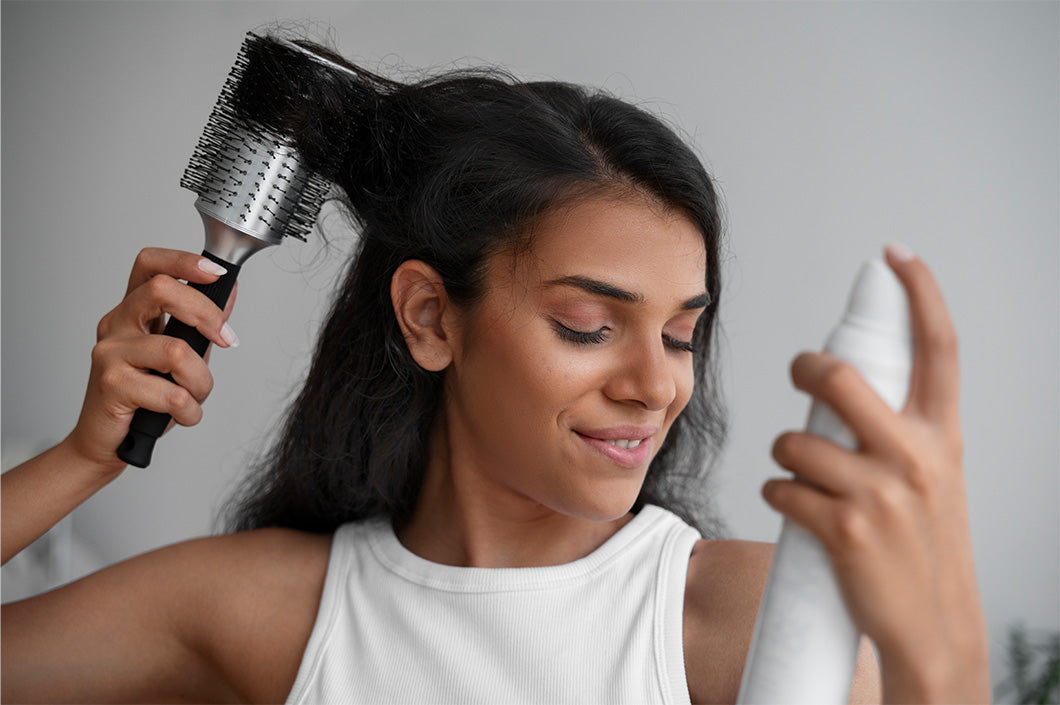
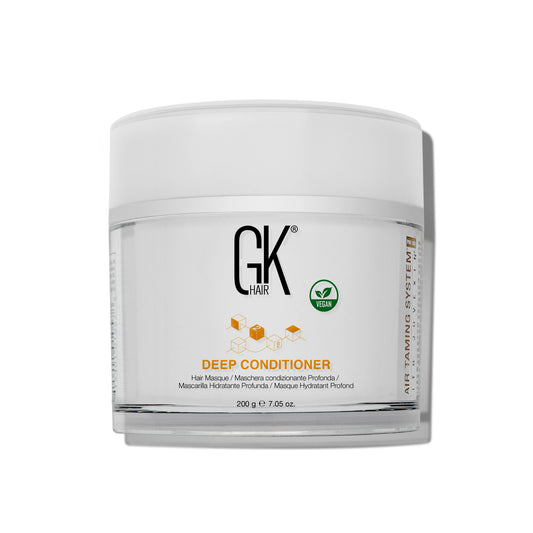
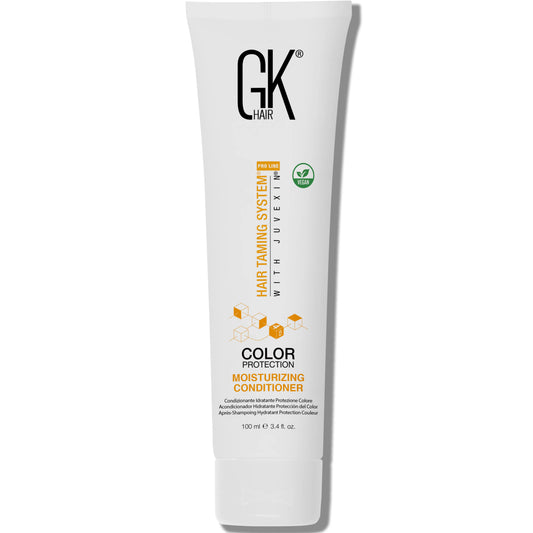
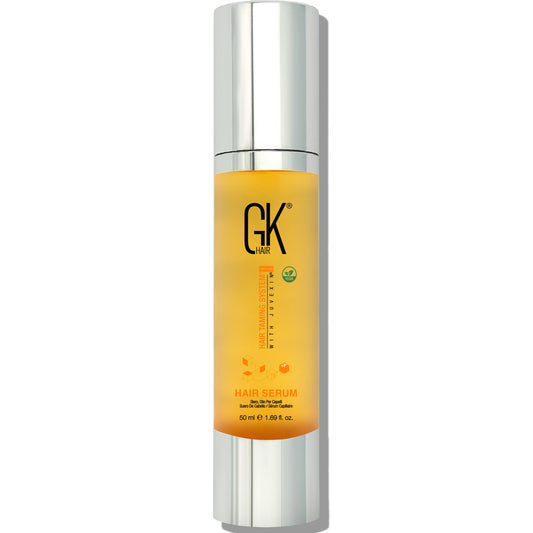
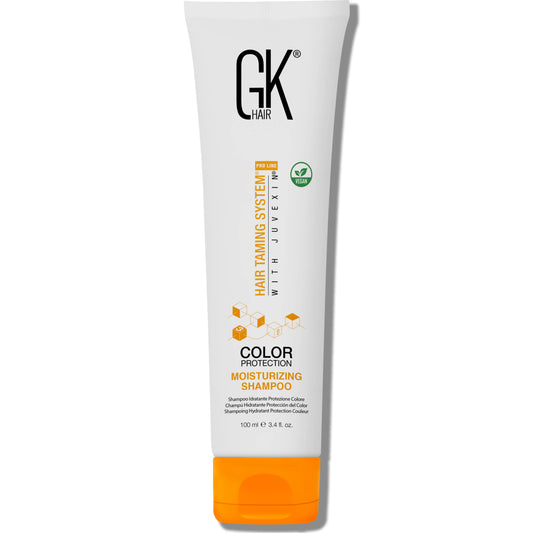


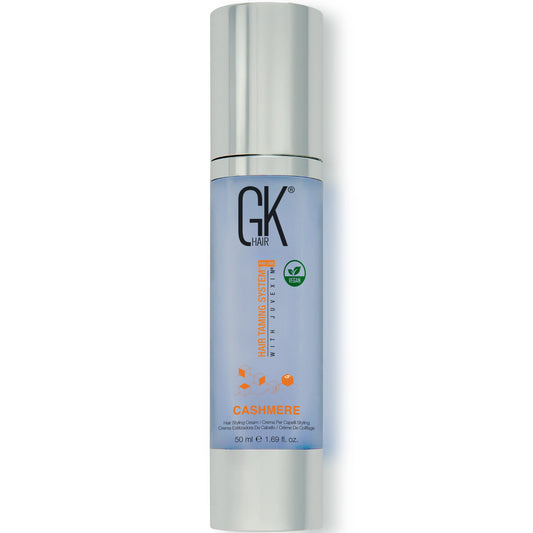





Leave a comment